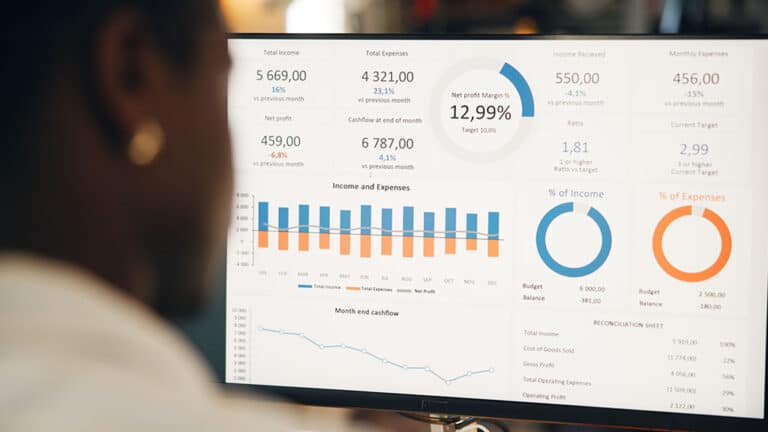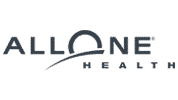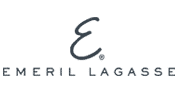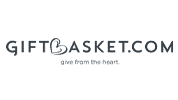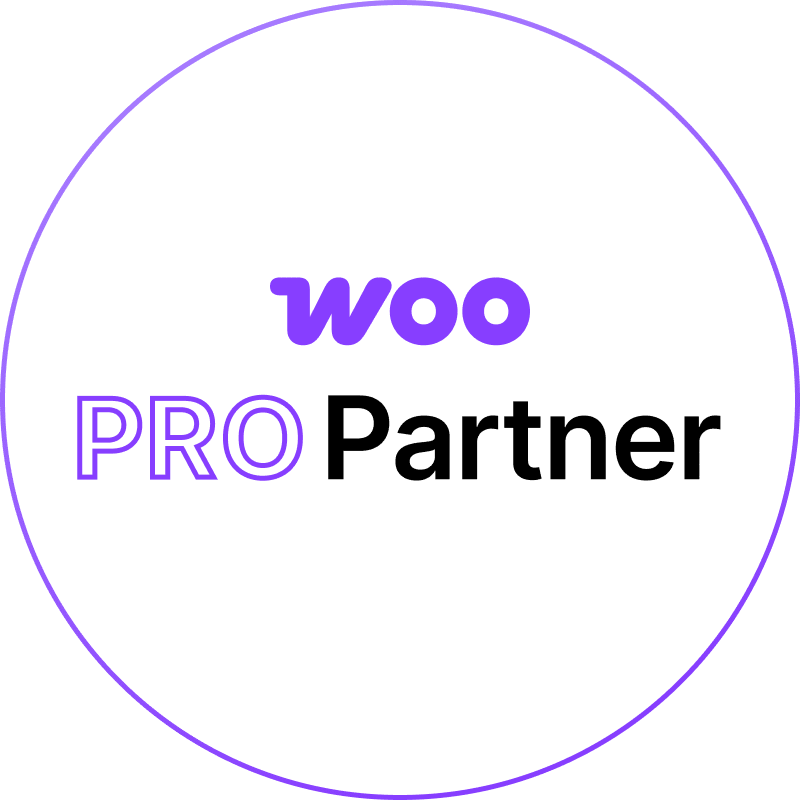Maximizing ROI: Google Ads for Service Professionals
For service professionals looking to grow their business, Google Ads can be an invaluable tool to drive qualified leads and increase revenue. Whether you’re a plumber, lawyer, dentist, or any other service-based business, having a well-executed PPC (Pay-Per-Click) campaign allows you to target potential clients who are actively seeking the services you offer. With the right strategy, Google Ads can help service professionals gain visibility, convert leads, and maximize return on investment (ROI). However, many service professionals don’t fully realize the power of Google Ads or fail to optimize their campaigns for the best results.
Maximizing ROI with Google Ads requires understanding how to create high-performing campaigns that are tailored to your business’s specific needs. It’s essential to target the right keywords, craft compelling ad copy, utilize location-based targeting, and continuously monitor and optimize campaigns. By following best practices and leveraging advanced PPC features, service professionals can ensure their ads are reaching the right audience and generating the most valuable leads.
In this guide, we’ll walk through the key strategies to maximize the effectiveness of Google Ads for service professionals. From setting clear goals to optimizing your ad copy and using remarketing strategies, we’ll cover how PPC can drive measurable results and transform your business. If you’re looking for more personalized support, PPC advertising services can help ensure your campaigns are set up for success and achieve the best possible ROI.
Define Clear Objectives for Your Google Ads Campaigns
To make the most of your Google Ads campaigns, it’s essential to start by defining clear and measurable objectives. Without a well-defined goal, it’s difficult to assess the effectiveness of your efforts or make informed adjustments. For service professionals, the primary goal is usually lead generation—whether that means getting phone calls, filling out forms, or scheduling appointments. However, depending on your business, you might also want to focus on building brand awareness or driving traffic to a specific landing page or blog.
The first step is to determine what success looks like for your business. If your goal is to generate phone calls, you’ll want to optimize your campaigns to prioritize phone call extensions and target high-intent keywords related to your services. If scheduling appointments is your focus, then you might consider setting up a booking system on your website that integrates with your Google Ads campaign, driving users directly to a booking page. Whatever your goal, it’s important to track performance metrics like cost per lead (CPL), conversion rates, and return on ad spend (ROAS) to evaluate the success of your campaigns.
Aligning your goals with your business priorities is crucial for maximizing ROI. For example, if your service has high-profit margins, you may decide to target a broader range of keywords, even if they have a higher cost-per-click (CPC). Conversely, if your service has lower margins, you might focus on highly specific, long-tail keywords to ensure you’re getting the most cost-effective clicks. Setting up clear, actionable objectives helps you structure your campaigns for better targeting, budgeting, and performance tracking.
Conduct Thorough Keyword Research for Service Industry
Keyword research is the foundation of any successful Google Ads campaign. For service professionals, the goal is to target keywords that attract potential clients who are actively searching for the services you offer. To achieve the best results, you need to select keywords that are not only relevant but also cost-effective. While big brands may target broader terms like “plumbing” or “lawyer,” smaller service-based businesses should focus on more specific, long-tail keywords that directly match user intent.
Begin by brainstorming keywords that are highly relevant to your business. For instance, a roofing company might target keywords like “roof repair in [city]” or “affordable roof replacement.” By targeting location-based, long-tail keywords, you’re more likely to capture local clients who are actively searching for services in their area. Using location-specific keywords like “[City] electrician near me” or “[City] divorce lawyer” allows you to target users who are looking for local professionals and reduces competition with larger businesses that target national or broad keywords.
Google Keyword Planner is a valuable tool for identifying the right keywords for your campaigns. It shows you the average search volume, competition, and expected cost-per-click for each keyword, allowing you to make informed decisions about which terms to target. Additionally, using a mix of broad and exact match keywords gives you flexibility while also controlling ad spend. It’s essential to regularly monitor and adjust your keywords to ensure your campaigns remain relevant and cost-effective.
Negative keywords are also a crucial part of your keyword strategy. These are terms you don’t want your ads to show up for, such as “free” or “DIY.” For example, if you’re a plumbing business that charges for services, you wouldn’t want your ads to appear for search queries like “free plumbing services.” By filtering out irrelevant traffic with negative keywords, you can reduce wasted ad spend and increase the chances of reaching qualified leads. Conducting thorough keyword research will help you attract the right audience and maximize the performance of your Google Ads campaigns.
Optimize Ad Copy to Speak Directly to Your Audience
Once you’ve chosen the right keywords, the next critical step is to craft ad copy that speaks directly to your audience and compels them to take action. Your ad copy is your opportunity to showcase your services and highlight what makes you stand out from the competition. For service professionals, ad copy should focus on solving the customer’s problem and offering an immediate solution.
A compelling headline is the first thing users see when they come across your ad, so it needs to grab attention. If you’re a plumbing service, a headline like “Emergency Plumbing Service – Available 24/7 in [City]” immediately communicates urgency and availability. The body of your ad should reinforce the value of your service and include a clear call-to-action (CTA) like “Call Now for a Free Estimate” or “Schedule Your Appointment Today.”
Incorporating your unique selling points (USPs) in the ad copy is also essential. Highlight any features that differentiate you from your competitors, such as “Certified Technicians” or “Over 10 Years of Experience.” Trust-building elements like customer reviews, special certifications, or guarantees can help increase your credibility and encourage clicks. If you offer limited-time offers or discounts, make sure to include those in your ad copy as well, such as “Get 15% Off Your First Service” or “Free Consultation for New Clients.”
Regularly testing and optimizing your ad copy is essential to improving performance. Run A/B tests with different headlines, descriptions, and CTAs to see which variations yield the highest click-through rates and conversions. Based on the results, you can refine your copy over time to continuously improve your campaign’s effectiveness. By crafting clear, targeted, and compelling ad copy, you can drive more qualified traffic to your website and increase the likelihood of conversion.
Leverage Location Targeting to Reach Local Clients
Location targeting is one of the most powerful tools available in Google Ads for service professionals. Given that many service-based businesses rely heavily on local clientele, using geotargeting allows you to ensure your ads only appear to users within a specific geographic area, whether it’s a neighborhood, city, or radius around your business. This not only ensures that you are reaching the most relevant audience but also helps you maximize your ad spend by eliminating irrelevant clicks from users who are too far away to become clients.
For example, a local plumber in a specific city can target ads to people within that city or a defined radius, making sure only those who are most likely to need plumbing services are shown the ads. This is particularly useful for businesses that cater to immediate needs, such as emergency repairs or on-site consultations. By focusing on a targeted area, you can prevent wasting ad spend on people outside of your service range and increase the chances of conversions.
Additionally, you can also adjust your bids based on location performance. If certain neighborhoods or cities are performing better in terms of conversions, you can increase your bids for those areas to ensure your ads are shown more frequently to people who are most likely to need your services. Conversely, if some areas are underperforming, you can lower bids or exclude them altogether. This level of flexibility makes location targeting a key strategy for service professionals looking to maximize their ROI from Google Ads.
Utilize Call Extensions to Drive Direct Inquiries
For many service professionals, the most effective form of conversion is a phone call. Whether it’s a customer calling for a quote, more information, or to schedule an appointment, phone calls can often lead to faster and more direct conversions. Google Ads call extensions are a simple yet effective tool for encouraging users to contact you directly without having to visit your website.
Call extensions add your business phone number to your ads, making it easy for potential clients to call you directly from the search results. This is especially important for service professionals who rely on real-time engagement to close deals or schedule appointments. For example, if a user sees an ad for “24/7 emergency HVAC services” and sees your phone number, they can call immediately to inquire about availability, which is far more efficient than navigating through a website and filling out a form.
By making it easy for customers to call with just one tap, call extensions help increase the number of inbound inquiries your business receives. You can also use Google Ads to track phone calls and evaluate how effective your campaigns are in generating this type of lead. Measuring call duration and conversion rates provides valuable data on whether your PPC strategy is delivering quality leads. If you notice that phone calls are a key source of conversions, consider refining your campaigns to further optimize for this type of lead generation.
Optimize Landing Pages for Conversions
While your Google Ads campaign can drive traffic to your website, it’s the landing page that will determine whether that traffic converts into a lead or sale. For service professionals, having optimized landing pages that align with the messaging in your ads is critical to converting visitors into paying customers.
Start by ensuring your landing page matches the specific offer or service promoted in the ad. For example, if your ad promotes “Free Consultation for Home Renovations,” the landing page should clearly present the same offer and provide easy access to schedule the consultation. A mismatch between ad copy and landing page content can lead to a poor user experience, increasing bounce rates and lowering conversion rates.
Clear and compelling calls to action (CTAs) should be featured prominently on your landing page. Whether it’s a “Call Now for a Free Estimate” button or a “Book Your Appointment Today” form, make it easy for users to take the next step. The CTA should be strategically placed above the fold and repeated throughout the page so users don’t have to search for it.
It’s also important to build trust and credibility on your landing pages. Service professionals can increase their chances of converting visitors by including elements such as client testimonials, industry certifications, customer reviews, and guarantees. Trust signals like these reassure potential clients that they are working with a credible and reliable business.
Additionally, ensure that your landing page is mobile-friendly. Many users search for services on their mobile devices, and a landing page that doesn’t load properly or is difficult to navigate on a phone can result in a lost opportunity. Mobile optimization, fast load times, and user-friendly design are essential to improving the user experience and ensuring higher conversion rates.
By creating highly relevant, well-optimized landing pages, service professionals can significantly improve their chances of turning clicks into valuable leads, ultimately boosting the ROI of their Google Ads campaigns.
Monitor and Adjust Campaign Performance
The key to maximizing ROI from Google Ads is continuous monitoring and optimization. Service professionals must track performance metrics and adjust their campaigns based on real-time data to ensure they’re getting the best possible results. Google Ads provides a wealth of data, which can be used to refine your campaigns and make informed decisions on how to allocate your budget.
Start by tracking key metrics such as click-through rate (CTR), conversion rate, cost per click (CPC), and cost per conversion. A high CTR indicates that your ads are compelling enough to attract clicks, but it’s equally important to track how many of those clicks lead to conversions. If your conversion rate is lower than expected, it may suggest that your landing page needs improvement or that the ad copy isn’t fully aligned with the service being promoted.
Google Ads also allows you to set up conversion tracking, so you can directly monitor the actions that matter most to your business, such as form submissions, phone calls, or appointment bookings. Regularly checking this data helps you determine if your campaigns are meeting your goals. For example, if you’re focusing on lead generation, tracking form submissions or phone calls will give you a clear view of whether your ads are driving qualified leads.
A/B testing is another effective method for refining your campaigns. Testing different ad headlines, descriptions, and calls to action (CTAs) can reveal what resonates most with your target audience. For example, you may find that “Call Now for a Free Estimate” performs better than “Get a Quote Today.” Over time, these insights will help you craft more effective ads that deliver higher conversion rates.
Finally, regularly check your search term reports to identify additional opportunities and avoid wasted spend. These reports show the actual search queries that triggered your ads, allowing you to add new high-performing keywords and exclude irrelevant or low-converting terms. This practice ensures that your ad spend is being used efficiently to drive high-quality leads.
Implement Remarketing to Reconnect with Previous Visitors
One of the most powerful ways to increase conversions is through remarketing, which allows you to stay top of mind with potential clients who have already interacted with your business. Remarketing enables you to target users who clicked on your ads or visited your website but didn’t convert the first time. By showing them relevant ads as they browse other websites or social media platforms, you can encourage them to return and complete the desired action, such as scheduling a consultation or making a purchase.
For service professionals, remarketing can be especially effective because many clients may need time to make a decision, especially for services like legal counsel, home improvement, or healthcare. By staying visible to them through remarketing ads, you keep your business in their thoughts and increase the likelihood of conversion.
A great example of remarketing would be a local contractor who ran a Google Ads campaign to promote their services. After someone visited their site but didn’t request a quote, the contractor can set up remarketing ads that display specific services or offers, such as a free consultation or discount for first-time customers. This personalized approach makes the ad more relevant and increases the chances of the customer returning to the website to complete the purchase.
Dynamic remarketing takes this a step further by showing users the exact products or services they previously viewed on your website. This is particularly useful for service professionals offering multiple services or packages. For example, if someone looked at “roof repair services” but didn’t take action, dynamic remarketing will show them an ad with that same service, accompanied by a compelling offer, such as “Get a Free Roof Inspection Today.” This targeted approach increases relevancy and conversion potential.
Adjust Bidding Strategies for Maximum Efficiency
To make the most of your Google Ads budget, it’s essential to implement the right bidding strategy. Bidding is one of the most important factors that impact your campaign’s success. If you bid too low, your ads may not show up frequently enough to generate results. On the other hand, bidding too high can lead to excessive spending without guaranteed conversions. Google Ads offers several bidding options that can help you optimize your campaign based on your specific goals, allowing you to strike a balance between visibility and cost-effectiveness.
For service professionals, automated bidding strategies can be highly effective. Strategies such as “Maximize Conversions” use machine learning to adjust bids based on real-time data and user behavior, helping you get the most conversions within your set budget. This allows you to focus on maximizing lead generation or sales without needing to constantly monitor and adjust your bids manually.
Alternatively, “Target CPA” (Cost per Acquisition) bidding can help you optimize your ad spend by setting a target cost for each lead or conversion. Google Ads will automatically adjust your bids to help you achieve that target, which is particularly useful for service professionals looking to maintain consistent lead costs.
For businesses that have specific revenue goals, the “Target ROAS” (Return on Ad Spend) bidding strategy allows you to set a goal for how much revenue you want to earn for every dollar spent on ads. This strategy is ideal for service professionals with higher-ticket services, where maximizing revenue is the priority.
It’s also important to adjust your bids based on performance. If certain services, keywords, or geographic areas are performing better than others, consider increasing your bids in those areas to gain more visibility and higher placement in search results. Conversely, if some parts of your campaign aren’t delivering strong results, reduce your bids or pause those ads to ensure you’re not wasting budget.
Track Performance and Refine Your Strategy
To continuously improve your PPC campaigns, you must regularly track performance and make data-driven adjustments. Google Ads provides detailed reports that can help you monitor every aspect of your campaign, from impressions and clicks to conversions and ROI. Tracking these metrics over time will give you valuable insights into what’s working and what’s not, allowing you to refine your strategy for better performance.
Start by focusing on the key performance indicators (KPIs) that align with your goals. If your primary objective is lead generation, you should track metrics like cost per lead, conversion rate, and form submissions or phone calls. If you’re aiming to increase brand awareness, impressions and CTR (click-through rate) will be more important. Make sure you review your campaigns regularly to identify trends and determine if you need to make adjustments.
Once you’ve identified underperforming areas, it’s time to make changes. This could involve tweaking your ad copy, adjusting your keyword targeting, changing your bidding strategy, or updating your landing page for better conversions. For example, if you notice that certain keywords are bringing in a lot of traffic but not resulting in conversions, consider adding negative keywords to filter out irrelevant clicks, or update your landing page to better match user expectations.
Testing and refining should be an ongoing process. A/B testing can help you identify which headlines, descriptions, and CTAs are resonating with your audience, so you can continuously optimize your campaigns for the best possible results. By tracking performance, analyzing the data, and refining your strategy, you can ensure that your Google Ads campaigns are consistently driving high-quality leads and maximizing ROI.
With careful tracking and ongoing optimization, you can ensure that your PPC campaigns stay aligned with your business objectives and continue to generate profitable results over time.
Ready to take your PPC campaigns to the next level? Contact Zen Agency today to discover how our expert PPC management services can help you drive targeted traffic, increase conversions, and maximize your ROI. Let’s turn your digital ads into measurable success!





